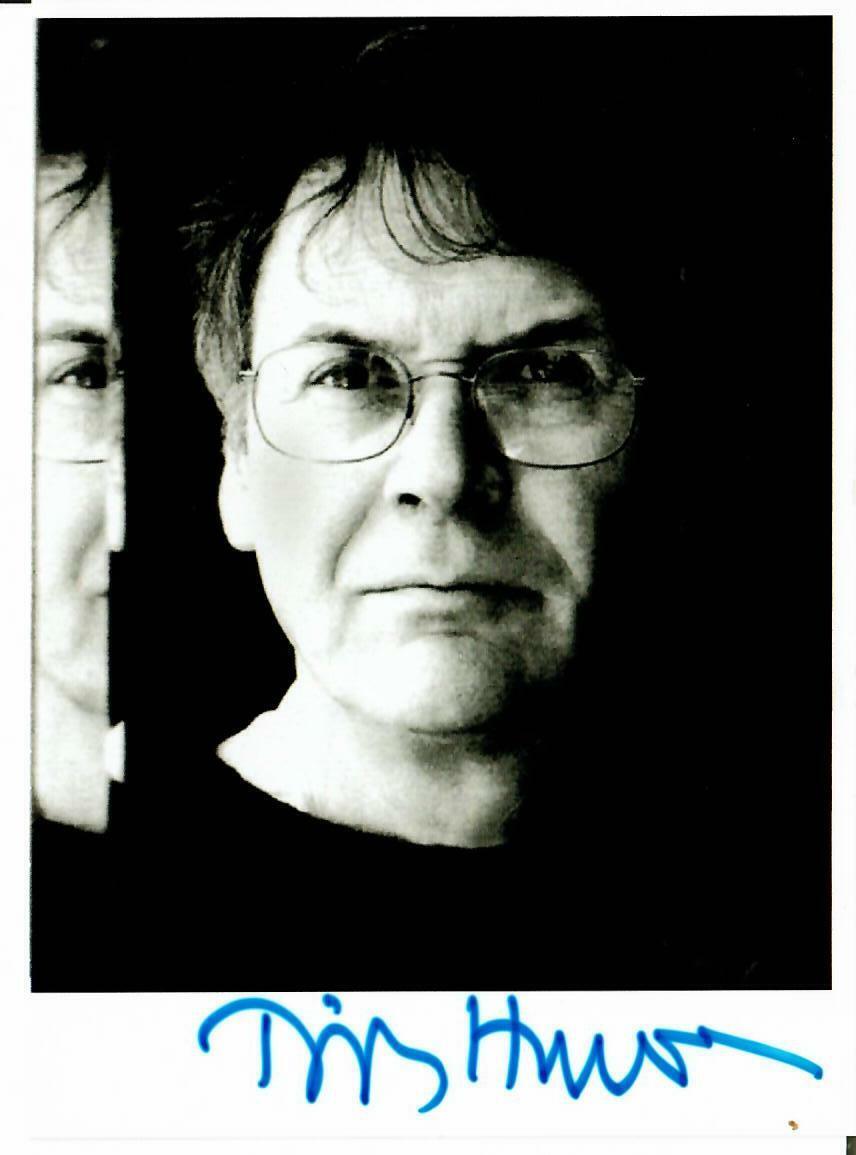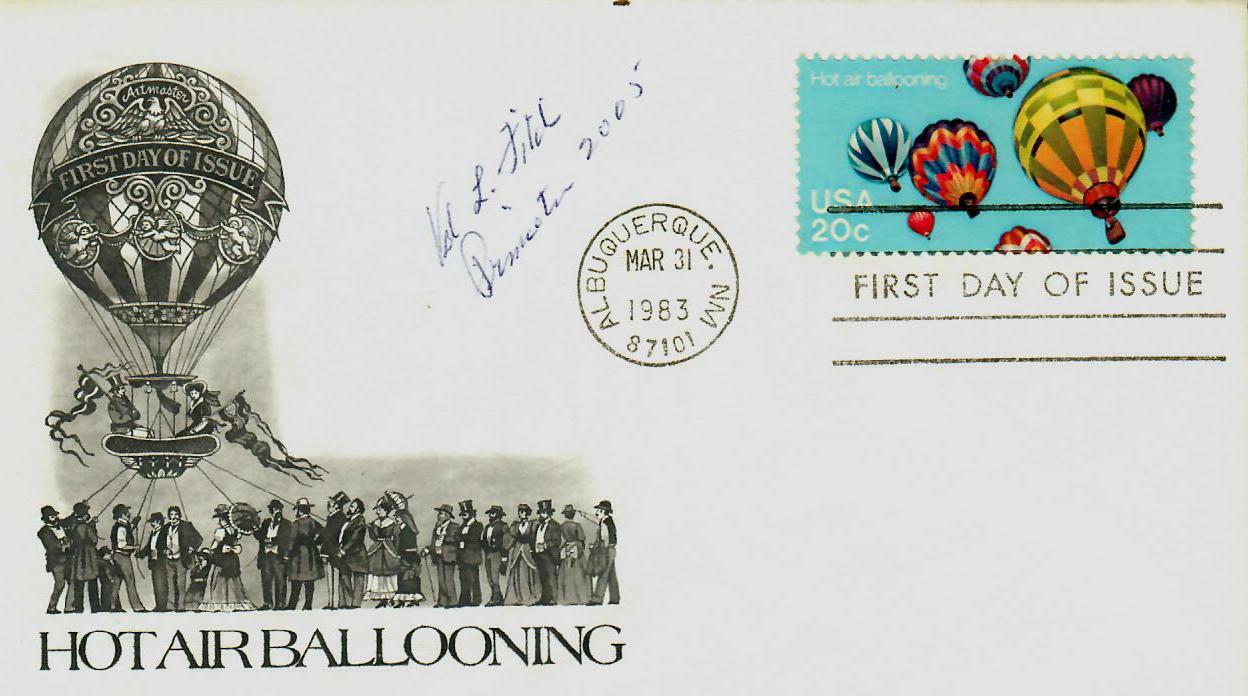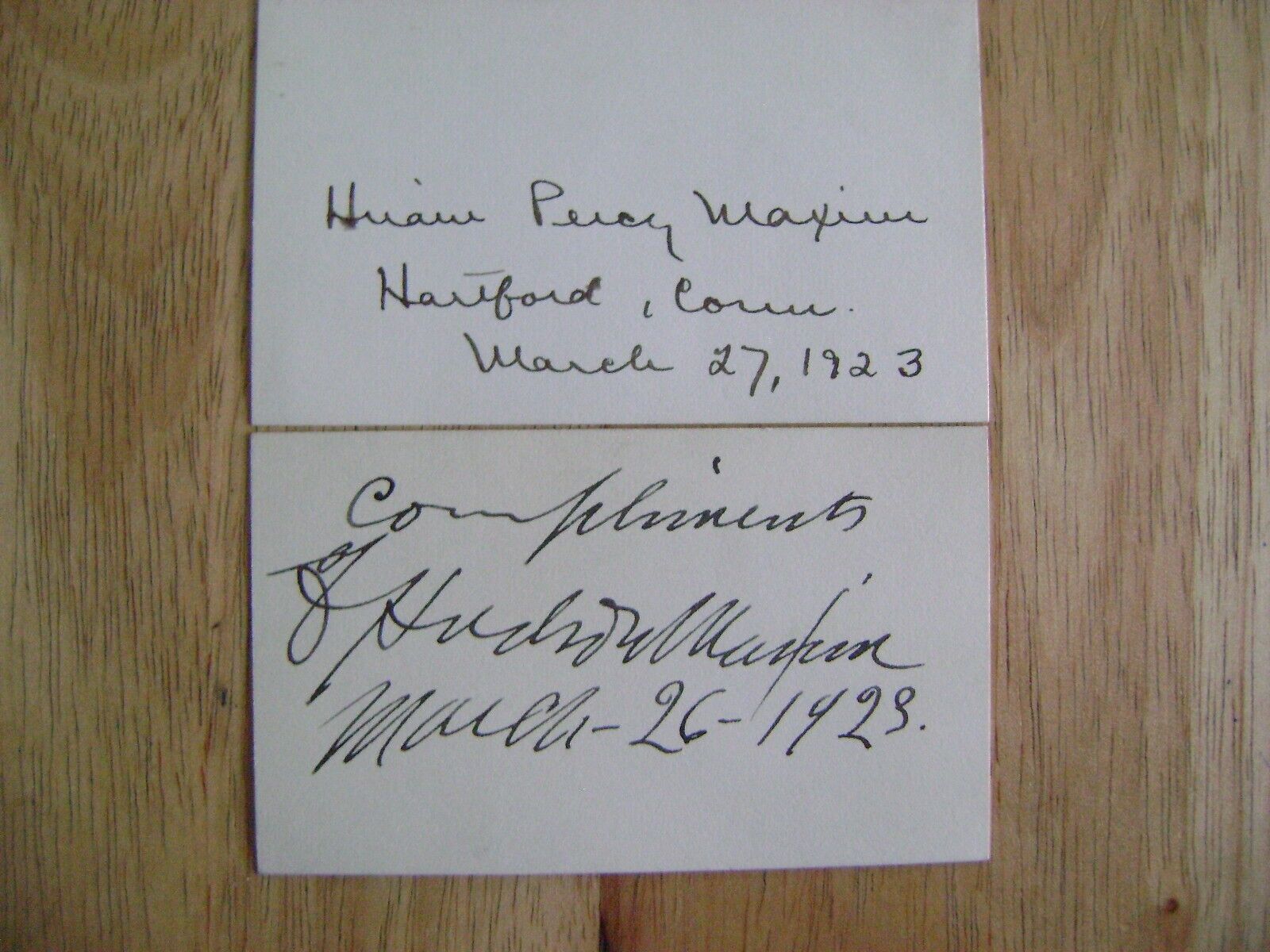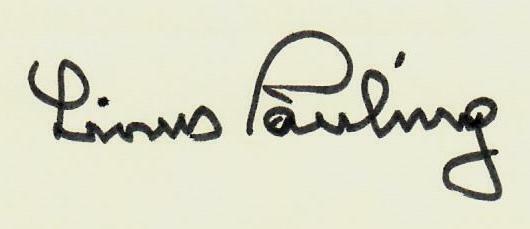-40%
"Nobel Prize in Medicine" Tim Hunt Hand Signed 4X5.75 B&W Photo Todd Mueller COA
$ 36.95
- Description
- Size Guide
Description
Up for auction the "Nobel Prize in Medicine" Tim Hunt Hand Signed 4X5.75 B&W Photo.This item is authenticated By Todd Mueller Autographs and comes with their certificate of authenticity.
ES-3877
Sir Richard Timothy Hunt
,
FRS
FMedSci
FRSE
MAE
(born 19 February 1943) is a British
biochemist
and molecular
physiologist
. He was awarded the 2001
Nobel Prize in Physiology or Medicine
with
Paul Nurse
and
Leland H. Hartwell
for their discoveries of protein molecules that control the division of cells. While studying fertilized sea urchin eggs in the early 1980s, Hunt discovered
cyclin
, a protein that cyclically aggregates and is depleted during cell division cycles. Hunt was born on 19 February 1943 in
Neston
,
Cheshire
, to
Richard William Hunt
, a lecturer in
palaeography
in Liverpool, and Kit Rowland, daughter of a timber merchant. After the death of both his parents, Hunt found his father had worked at
Bush House
, then the headquarters of
BBC World Service
radio, most likely in intelligence, although it is not known what he actually did. In 1945, Richard became Keeper of the Western Manuscripts at the
Bodleian Library
, and the family relocated to
Oxford
. At the age of eight, Hunt was accepted into the
Dragon School
,
]
where he first developed an interest in biology thanks to his German teacher,
Gerd Sommerhoff
. When he was fourteen, he moved to
Magdalen College School, Oxford
, where the science prizes now bear his name, becoming even more interested in science and studying subjects such as chemistry and zoology.
In 1961, he was accepted into
Clare College, Cambridge
to study
Natural Sciences
, graduating in 1964 and immediately beginning work in the university Department of Biochemistry under
Asher Korner
. There, he worked with scientists such as
Louis Reichardt
and
Tony Hunter
. A 1965 talk by
Vernon Ingram
interested him in
haemoglobin synthesis
, and at a Greek conference in 1966 on the subject, he persuaded the haematologist and geneticist
Irving London
to allow him to work in his laboratory at
Albert Einstein College of Medicine
in New York, staying from July to October 1966. His PhD was supervised by
Asher Korner
and focused on haemoglobin synthesis in intact
rabbit
reticulocytes
(immature
red blood cells
), and was awarded in 1968. Following his PhD, Hunt returned to New York to work with London, in collaboration with Nechama Kosower, her husband Edward Kosower, and Ellie Ehrenfeld. While there, they discovered that tiny amounts of
glutathione
inhibited
protein synthesis
in
reticulocytes
and that tiny amounts of
RNA
killed the synthesis altogether. After returning to Cambridge, he again began work with
Tony Hunter
and
Richard Jackson
, who had discovered the RNA strand used to start haemoglobin synthesis. After 3–4 years, the team discovered at least two other chemicals acting as inhibitors.
Hunt regularly spent summers working at the
Marine Biological Laboratory
at
Woods Hole, Massachusetts
, which was popular with scientists for its advanced summer courses, and in particular, with those interested in the study of
mitosis
. The location provided a ready supply of surf clams and sea urchins amongst the reefs and fishing docks, and it was these invertebrates that were particularly useful for the study of the synthesis of proteins in embryogenesis, as the embryos were simply generated with the application of filtered sea water, and the transparency of the embryo cells was well suited to microscopic study. It was at Woods Hole in the Summer of 1982, using the
sea urchin
(
Arbacia punctulata
) egg as his model organism, that he discovered the
cyclin
molecule. Hunt was a keen cyclist and named the protein based on his observation of the cyclical changes in its levels. Cyclins are
proteins
that play a key role in regulating the
cell-division cycle
. Hunt found that cyclins begin to be synthesised after the eggs are fertilised and increase in levels during
interphase
, until they drop very quickly in the middle of
mitosis
in each
cell division
. He also found that cyclins are present in
vertebrate
cells, where they also regulate the cell cycle. He and others subsequently showed that cyclins bind and activate a family of protein
kinases
, now called the
cyclin-dependent kinases
, one of which had been identified as a crucial cell cycle regulator by
Paul Nurse
. The cyclin mechanism of cell division is fundamental to all living organisms (excluding bacteria) and thus the study of the process in simple organisms helps shed light on the growth of tumours in humans.
[










